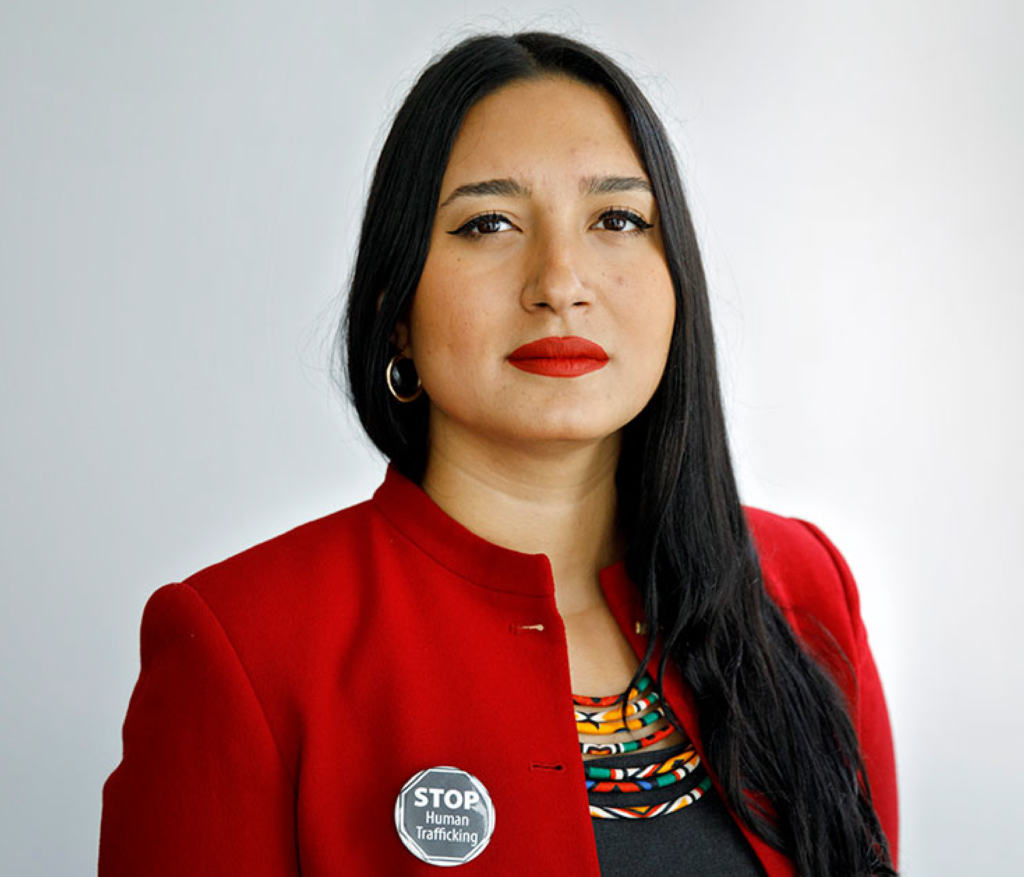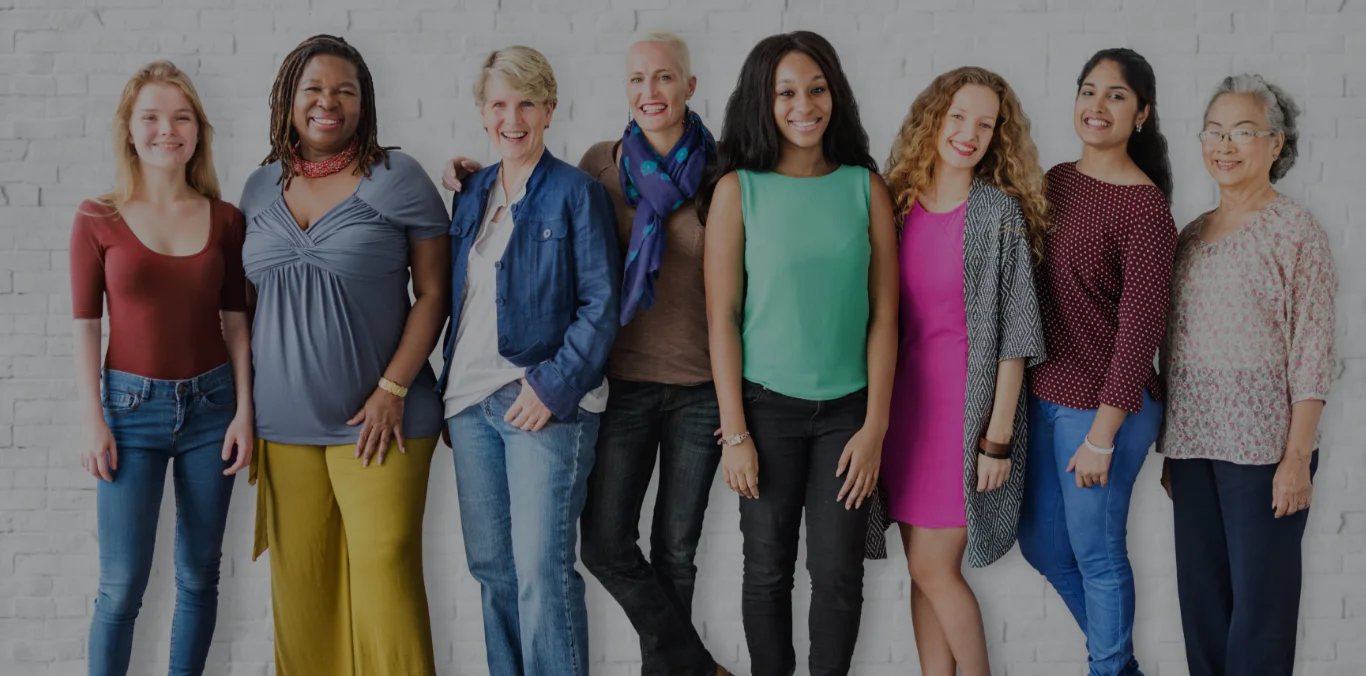Understanding and embracing intersectionality is foundational to fostering genuine inclusivity within our communities. It entails delving into the intricate layers of individuals’ identities, acknowledging the multifaceted ways in which these identities intersect and shape their experiences of privilege and oppression. By embracing intersectionality, we not only expand our awareness of diversity but also gain insights into the complex dynamics at play in our societies. At its core, intersectionality recognizes that individuals do not exist in isolation but are situated within a matrix of social identities, each intersecting and interacting with one another. These identities may include but are not limited to race, gender, sexuality, socioeconomic status, ability, and more. Moreover, each individual’s unique combination of identities influences their experiences and opportunities in distinct ways, shaping their worldview and interactions with the world around them.
Embracing intersectionality requires us to move beyond simplistic categorizations and embrace the complexity of human experience. It prompts us to consider the overlapping layers of privilege and marginalization that individuals may navigate, recognizing that someone’s experience of oppression may be compounded by multiple intersecting factors. For example, a black woman may face unique challenges that are distinct from those experienced by a white woman or a black man, highlighting the importance of acknowledging the intersections of race and gender in shaping her lived reality.
Exploring the Concept of Intersectionality

Intersectionality, a term coined by legal scholar Kimberle Crenshaw, underscores the interconnectedness of various social identities, such as race, gender, sexuality, class, and ability, and how they intersect to shape individuals’ lived experiences. It acknowledges that individuals experience discrimination and privilege differently based on the intersection of their identities, challenging simplistic understandings of identity politics. Understanding intersectionality requires us to move beyond single-axis frameworks and recognize the complex interplay of power dynamics and social structures that impact individuals’ lives.
The Importance of True Inclusivity
True inclusivity goes beyond mere tolerance or token representation, it involves actively embracing and celebrating diversity in all its forms. When we prioritize true inclusivity, we create spaces where everyone feels seen, heard, and valued for who they are. This fosters a sense of belonging and empowerment among all members of our communities, leading to greater collaboration, innovation, and social cohesion. Moreover, true inclusivity is essential for dismantling systems of oppression and advancing social justice, as it requires us to confront and address the intersecting forms of discrimination and marginalization that impact people’s lives.
Challenges in Achieving Intersectional Understanding
While intersectional understanding is crucial for fostering true inclusivity, there are significant challenges in achieving it. One challenge is the tendency to overlook or simplify the complexities of individuals’ identities, leading to a lack of awareness or understanding of the unique experiences of marginalized groups. Additionally, stereotypes, biases, and prejudices may hinder efforts to recognize and address intersecting forms of discrimination and privilege. Moreover, power dynamics within institutions and society at large can perpetuate inequalities and marginalize certain groups, making it difficult to achieve true inclusivity without systemic change.
Strategies for Fostering Intersectional Understanding

Fostering intersectional understanding requires intentional effort and a commitment to challenging biases and stereotypes. Education and awareness-raising initiatives can help to increase understanding of intersectionality and its implications for social justice and inclusivity. This may include providing training on diversity, equity, and inclusion, as well as creating opportunities for dialogue and reflection on issues of identity and privilege. Additionally, promoting representation and amplifying marginalized voices in decision-making processes can help to ensure that diverse perspectives are heard and valued.
Promoting Dialogue and Empathy
Dialogue and empathy are essential tools for fostering intersectional understanding and promoting inclusivity. By engaging in open and honest conversations about identity, privilege, and discrimination, we can increase awareness and empathy for the experiences of others. Listening to and learning from diverse perspectives helps to build empathy and understanding across differences, fostering connections and building bridges between individuals and communities. Moreover, promoting empathy and perspective-taking can help to challenge biases and stereotypes, leading to more inclusive attitudes and behaviors.
Celebrating Diversity and Embracing Differences
Celebrating diversity and embracing differences are key components of fostering true inclusivity. When we celebrate the unique identities, cultures, and experiences of individuals from all backgrounds, we create environments where everyone feels valued and respected. This may involve organizing cultural festivals, diversity events, and educational programs that highlight the richness and diversity of our communities. Moreover, creating opportunities for cross-cultural exchange and collaboration helps to break down barriers and foster mutual understanding and appreciation. By embracing diversity and embracing differences, we can build stronger, more resilient communities where everyone has the opportunity to thrive.
Building Bridges Towards True Inclusivity Through Intersectional Understanding
In conclusion, fostering intersectional understanding is essential for building true inclusivity in our communities. By recognizing and embracing the complexities of individuals’ identities and experiences, we can create environments where everyone feels valued, respected, and empowered. This requires us to challenge biases, stereotypes, and systems of oppression, and to promote dialogue, empathy, and celebration of diversity. By building bridges across differences and working together towards common goals, we can create a more just, equitable, and inclusive society for all.

Leave a Reply